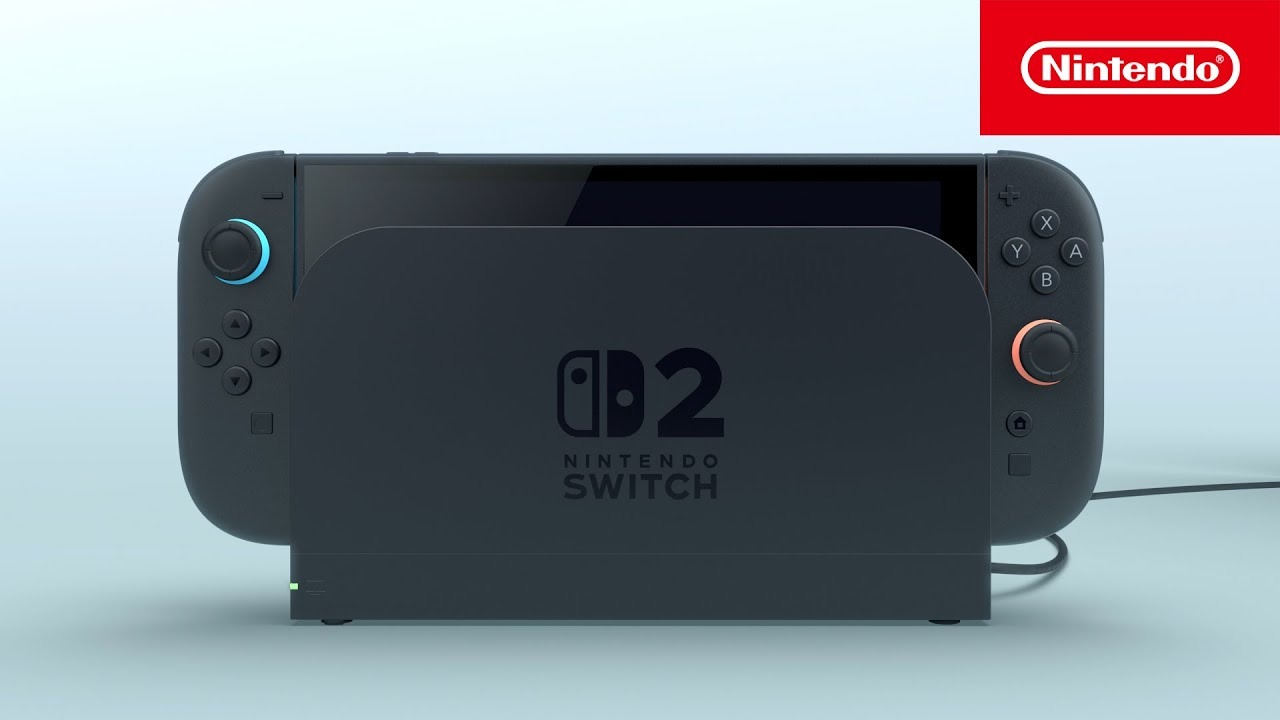
Understanding Internet Throttling: What You Need to Know
We’ve all experienced that dreaded moment when our internet connection suddenly slows down, disrupting everything from video calls to gaming sessions. It’s frustrating, but what if I told you that it might not be your connection? Internet throttling, commonly executed by Internet Service Providers (ISPs), can be the hidden culprit behind slow speeds. It’s a practice that, while technically illegal, often happens without repercussions for providers.
How to Identify ISP Throttling
Many consumers remain unaware that ISPs can intentionally limit connection speeds based on user behavior or data use. If you’ve already done everything on your end to improve your speeds—like optimizing your router, upgrading your equipment, or even restarting your modem—then maybe it’s time to investigate whether throttling is at play.
Signs of Throttling
Look out for signs like a sudden drop in speed during certain times of the day, especially during peak usage hours. Additionally, if streaming services slow down when you reach a certain data cap, that’s another indicator. Examining your internet speed using various speed test tools can provide valuable insights into your connection quality.
Is Throttling Legal?
While previous regulations under net neutrality aimed to prevent ISPs from throttling users, developments in legislation have opened the door for this practice. The Federal Communications Commission's (FCC) rollback of net neutrality regulations has made it challenging for consumers to seek recourse if they suspect their speeds are being throttled.
Expert Insights on Throttling Legitimacy
Experts in telecommunications suggest that while the legality of throttling remains murky, ISPs often find loopholes to justify their methods. For instance, they may argue that throttling is necessary for managing network congestion. However, this can leave consumers feeling powerless, having limited options to counteract the practice.
Tools to Combat Throttling
If you suspect you are a victim of throttling, implementing a few actionable strategies could make a significant difference. One effective tool is a VPN (Virtual Private Network), which can help mask your data usage from your ISP, potentially preventing them from throttling your connection based on usage.
Choosing the Right VPN
When selecting a VPN, ensure it provides strong encryption and has a robust privacy policy. Moreover, consider factors like speed and whether the service has a no-logs policy to enhance your overall online experience.
Your Next Steps
In conclusion, understanding the dynamics of internet throttling is crucial in today’s internet-reliant society. As consumers, being informed empowers you to seek the best internet experience possible. If you suspect throttling, explore tools like VPNs and consider discussing your options with your ISP directly.
 Add Row
Add Row  Add
Add 

 Add Row
Add Row 


 Add Element
Add Element 

Write A Comment